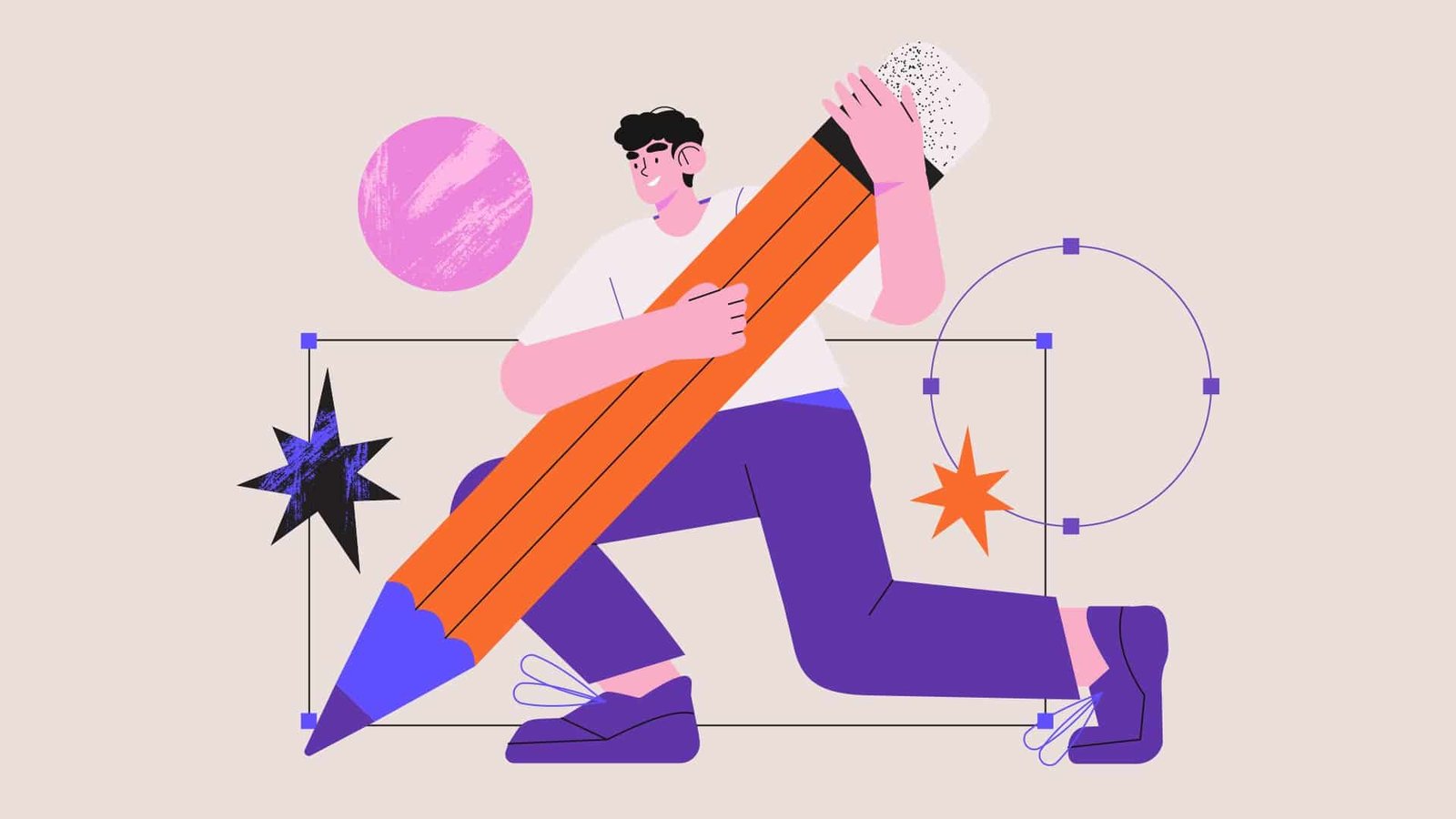Latest in: Client
Embarking on a freelance journey in graphic design is an exciting step towards independence and creative expression. As rewarding as it is, beginning a freelance career comes with challenges and learning curves. This guide …
In graphic design, navigating client relationships is as crucial as technical skills. A successful designer brings creativity and excels in managing client interactions. Let’s explore vital strategies for effectively handling client relationships and ensuring …
©2025 Mondragon Design, Phoenix, AZ • All Rights Reserved

